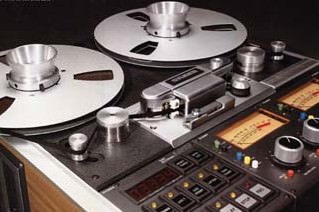When bouncing | exporting | rendering your final mixes
This will not apply to the experienced engineer/producer/musician.
Please take heed of this gentle warning. Applying ‘mastering’ to your mix may seriously hinder our effectiveness, and your end result. For example, adding effects such as: normalisation, EQ, compression (excluding purposeful mix buss compression), stereo width changes and peak limiting may ‘damage’ your mix. We may have to request re mixes, if the tracks have been irreparably augmented by such processing/FX.
If you’re using a peak limiter to stop the meters from overloading, then please re-think your mix if possible. Ideally, the loudest part of the track should peak at -6dB on your master outputs. It’s also crucial that the master output is left at unity gain (0dB).
Please fill out the Mastering Track Sheet document to accompany your mixes, so we may provide you with a fast and accurate service. We would appreciate you casting your eye over the following checklist.
CHECKLIST
We recommend delivering the mixes at whatever sample rate & bit depth you recorded /mixed at, i.e. 48 kHz @ 24bit. Not audio CD please.
Please render /export /bounce the mixes as stereo interleaved files onto a data CD, USB pen drive, mobile hard drive or ideally upload online in .wav or .aiff format. This gives us the best source material to work with.
Again, please do not ‘clip’ your files. Keep your peaks somewhere around minus 6dB with your master output fader at 0dB.
Please leave space before and after your tracks (i.e.: 2-3 sec at head and tail of each song). This is to ensure all reverb & delay tails are caught.
Please make sure all song names are in full (no abbreviations).
Please include your CD Album/EP/Single title.
Include all individual track ISRC codes along with your songs – if you have them. Include the UPC number of the disc if you have one.
Please download & fill in our ‘Mastering Track Sheet’, then email back to us.
Please inform us of songs to reference from. This can do wonders in helping the mastering engineer understand the ‘sound’ you are striving for. It’s always easier to ‘hear’ an example, than it is for one to explain it.
CD Text display & info
If you see a display of the artist, album name and song titles, it’s because someone has entered the information into the CDDB or iTunes database. Please see Gracenote for more information. This can also be done through iTunes and other programs.
This should not be confused with a software function called CD Text. CD Text is enabled in the mastering software program. CD text is read by most modern CD players.
ISRC Codes Explained
If your CD is for commercial release then you will need ISRC codes. The ISRC (International Standard Recording Code) is the international identification system for sound recordings and music video recordings. Each ISRC is a unique and permanent identifier for a specific recording which can be permanently encoded into a product as its digital fingerprint. Encoded ISRC provide the means to automatically identify recordings for royalty payments.
ISRC codes must be encoded at the mastering stage, so if you intend to use them then you must acquire them before the master CD is burnt. We can add ISRC codes at a later date if you obtain them in the future.

